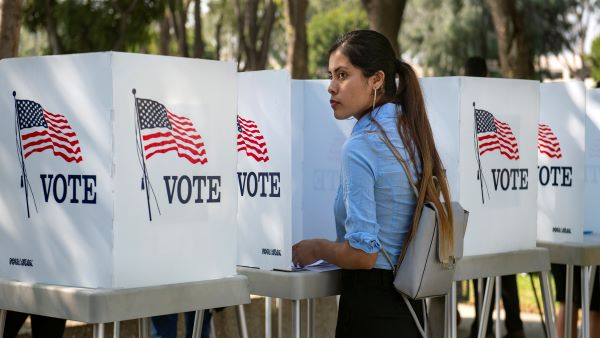According to an article in the National Journal by Natalie Jackson, Hispanic voters could be the determining factor for who controls Congress next year.
The challenge is that Hispanics are difficult to poll.
As of the 2020 Census, Hispanics comprise about 19 percent of the country. However, Hispanics only comprised 9-13 percent of the electorate in 2020. Since most election surveys have sample sizes of around 1,000 Americans, only around 120 Hispanics are usually included.
A survey of 1,000 Americans has an overall margin of error of about 3.5 percentage points; a sample of 120 will have a margin of error of 9 percentage points.
That means it is difficult to tell whether a shift from 65 Hispanic support for Democrats in 2020 to 60 percent in the most recent poll is a fundamental change. Yet that would be more than enough of a shift to alter outcomes in a close election.
A separate challenge is that the term “Hispanic” or “Latino” is very broad, covering Americans with many different ethnic and national origins with different cultures.
The Hispanic population is not the only group election polls struggle to understand. Black Americans are treated similarly to Hispanics in surveys. Asian Americans and Pacific Islanders—an equally broad, diverse category are rarely in the conversation.

